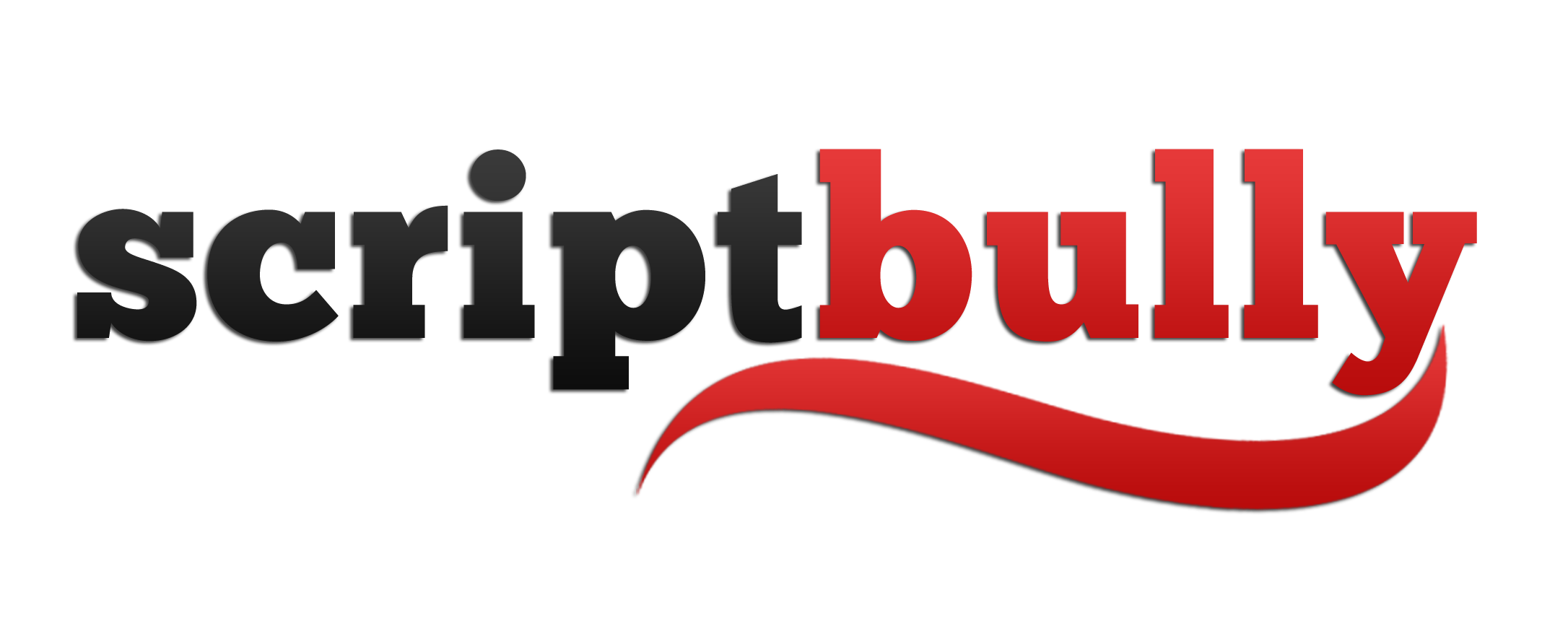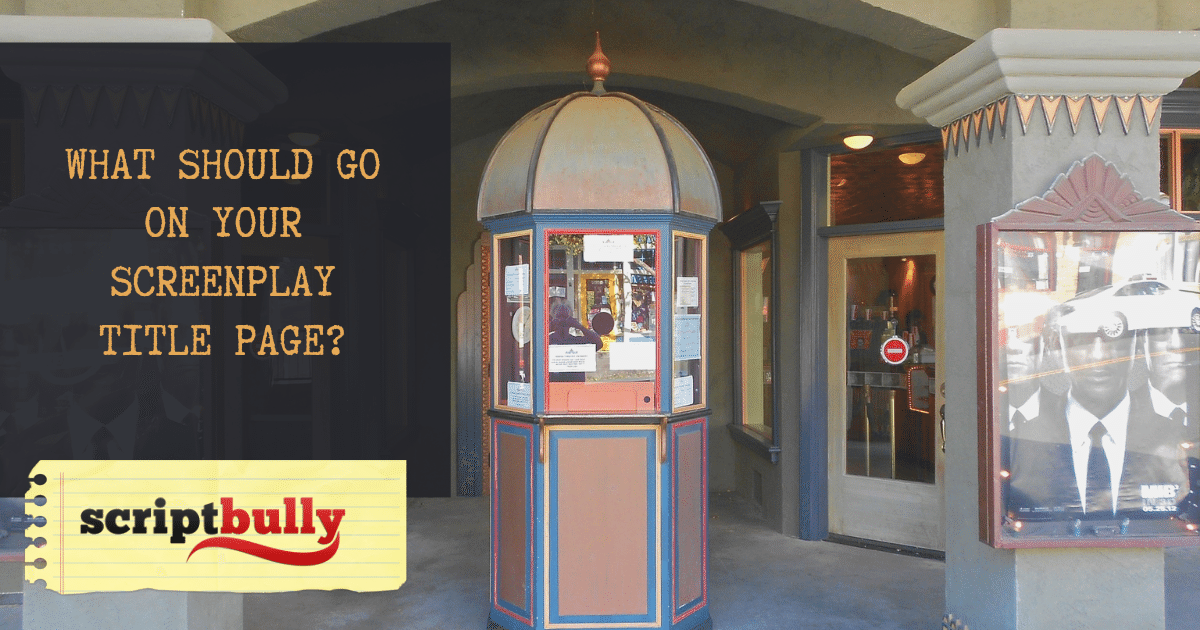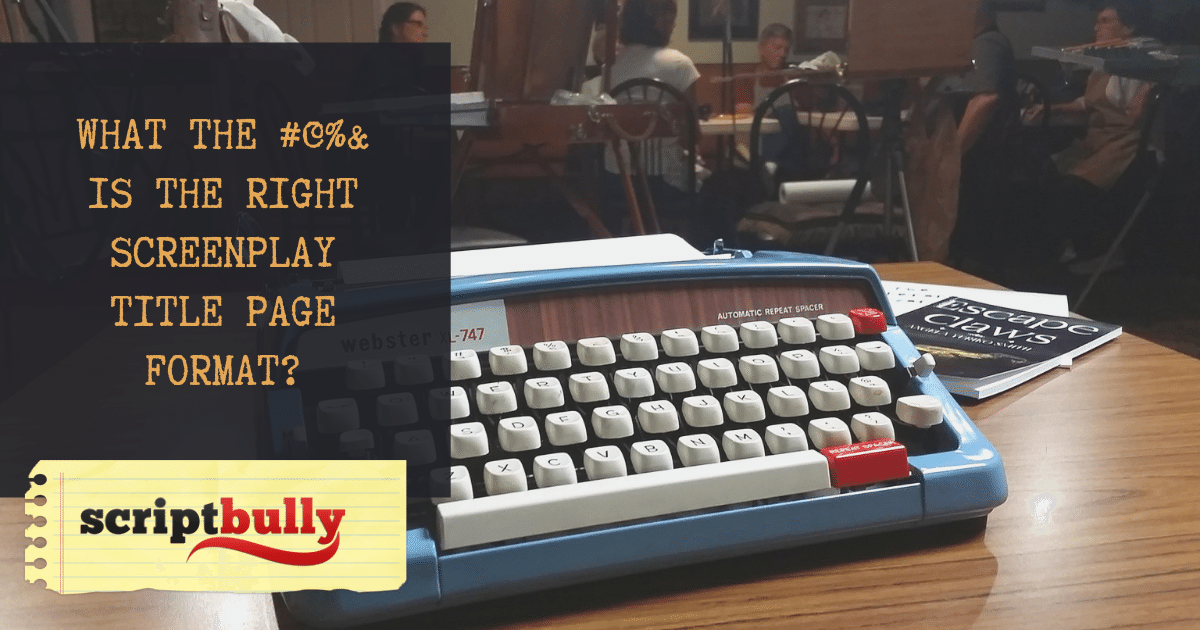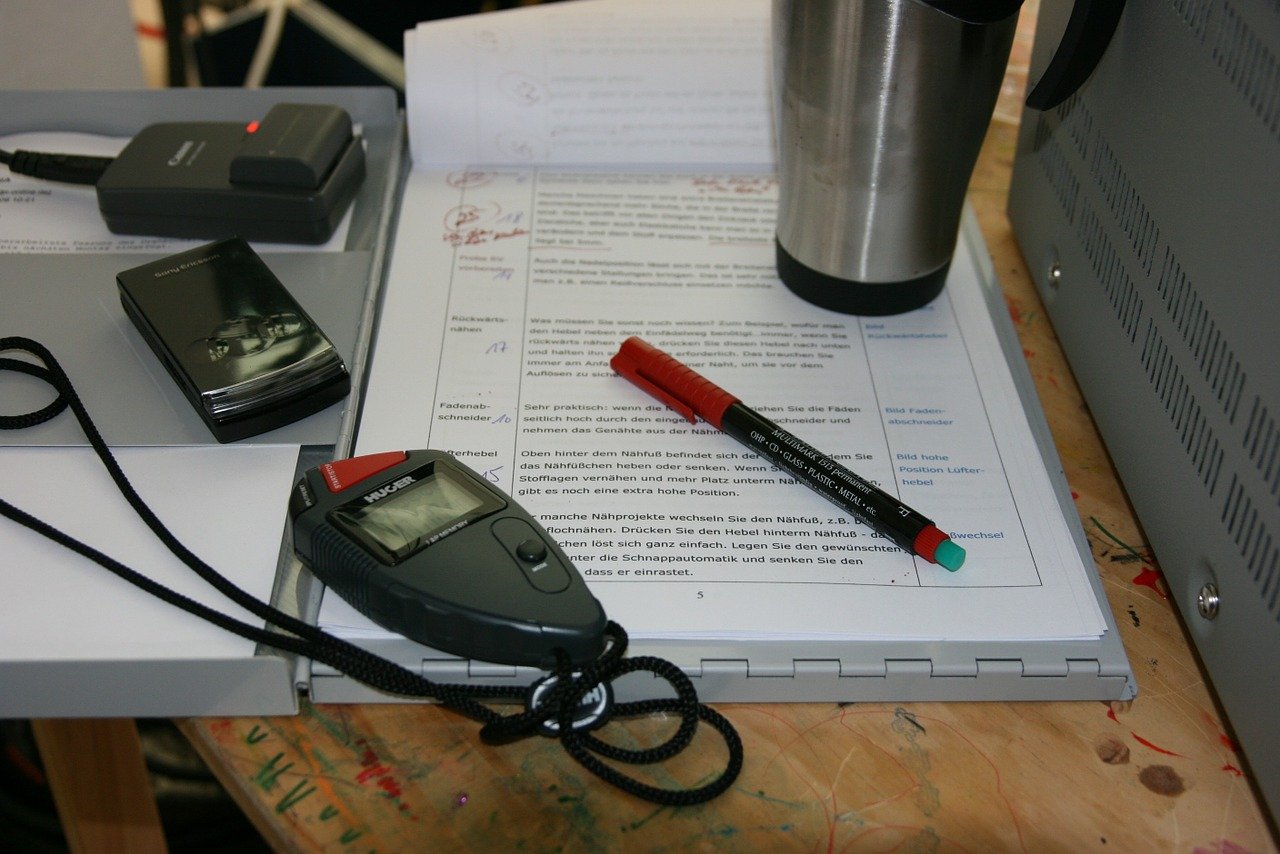Not sure what (exactly) to put on your screenplay title page? (And in what order?) Here is a slideshare presentation on 8 keys to ensuring your screenplay title page looks professional, marketable – and like you truly belong in the film business.
Text Transcript of “What Goes on a Screenplay Title Page”
DESCRIPTION: Nothing screams amateur like graphics, colors, and loud fonts. Keep your title page clean, minimal, and to the basics. No extras! Yes, this means don’t write your title on the spine either.
http://screenwriting.io/what-does-a-screenplay-title-page-look-like/
DESCRIPTION: Your screenplay title page should not have special paper– it should be white, unscented, unbedazzled. Just a normal, plain sheet of white paper with your info. Your words should stand out, not your title page.
http://www.screenwriting.info/17.php
DESCRIPTION: You may be tempted to change up the font on your title page. Something in script to suit your British period piece, perhaps, but resist that urge! Nothing screams “I’ve never written a screenplay before” like non-traditional font. Stick to Courier, 12– the same font your screenplay should be in.
http://www.screenwriting.info/17.php
DESCRIPTION: So what goes on the title page? The title, of course! Four inches from the top, smack dab in the center of the page, you need to write your title in ALL CAPS and underline it. Two lines below your title, add “Written by” or “Screenplay by” and two lines below that, also centered, put your name. (Screenplay title page format doesn’t get simpler than that.)
http://screenwriting.io/what-does-a-screenplay-title-page-look-like/
DESCRIPTION: If you collaborated with other writers, you’ll need to list their names on the title page as well. (Even if all they did was help you write that annoying screenplay flashback.) If it’s a team of writers, use the “&” sign between names. If multiple writers worked independently, use “and.”
http://screenplayhowto.com/screenplay-blog/screenplay-title-page/
DESCRIPTION: If the writing is yours, but the story is someone else’s then you need to mention that on your title page. Use “Screenplay by” and list your name. Followed by “Story by” and their name two lines down, or “Based on book by” and the author’s name if it’s a book adaptation two lines down. And please, only adapt books in the public domain!
http://screenplayhowto.com/screenplay-blog/screenplay-title-page/Key #7: The great contact info debate
DESCRIPTION: Your contact information needs to go on the bottom-left corner for a spec with no spaces between lines. Classically, this would be your name, address and phone number. This is the 21st century though and you know they won’t mail you a response– your email address is all you need, but you can throw a phone number in too if you want to follow the traditional rules.
http://johnaugust.com/2010/screenplay-title-page
Key #8:What if you don’t live in LA?
DESCRIPTION: In the past, there was an understanding that if you didn’t have an LA area code in your phone number, that execs wouldn’t bother reading your screenplay. This is less true now that everyone uses cell phones and keeps their number. You can always get a Google Voice number with an LA area code if you want to be extra careful, or just stick to your email address– but please nothing outdated! No hotmail or AOL– gmail is a safest. You don’t want to be that person with their cutesy AOL email from their early-internet days.
http://johnaugust.com/2010/screenplay-title-page
Key #9: If I don’t put my WGA info, my great ideas will be stolen! True or False!?
DESCRIPTION: False! Yes, legally it would be helpful to put your WGA registration number on your screenplay and there are differing opinions on whether or not this is good or bad, but the general consensus is you should leave it off. Agents think listing that is a clear-cut indication of an amateur and they’ll judge you for it before they start reading. It makes you look paranoid.
http://www.brassbrad.com/format.htm
Key #10: Include the date, yay or nay?
DESCRIPTION: There’s debate about this as well. If you want to put the date on your screenplay, you’d put it on the bottom right corner, but many writers opt to leave this off. You want your screenplay to look as new as possible whenever someone picks it up to read.
http://screenplayhowto.com/screenplay-blog/screenplay-title-page/
Key #11: Bind it!
DESCRIPTION: Once your screenplay title page is done and ready to go, make sure it’s triple-hole punched and bound with only the sturdy brass brads like the ones ACCO(R) sells. Flimsy versions aren’t what the professionals use and you don’t want to look like newb. Also, it’s commonly accepted that spec scripts only use two fasteners even though there are three holes.
http://www.storysense.com/format.htm
You thought learning how to introduce a character in a screenplay was arcane and strange? (ALL CAPS first time, then lower caps, but only if they talk.)
But getting your screenplay title page nailed is a first (important) step to demonstrating your credibility and screenplay format awesomeness.
What’s Your Take?
What do you wish you could put on your screenplay title page? Let us know in the comments below.






